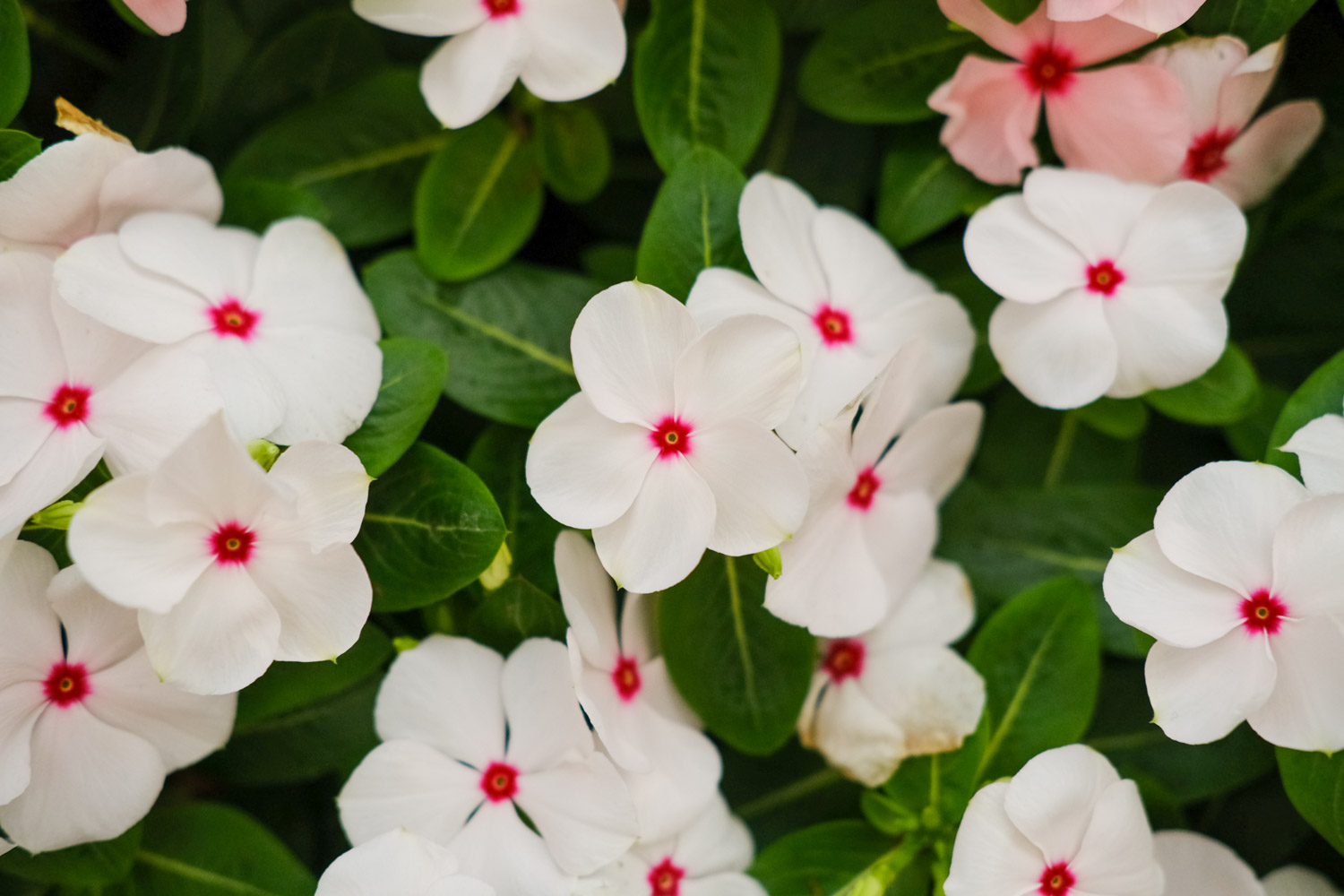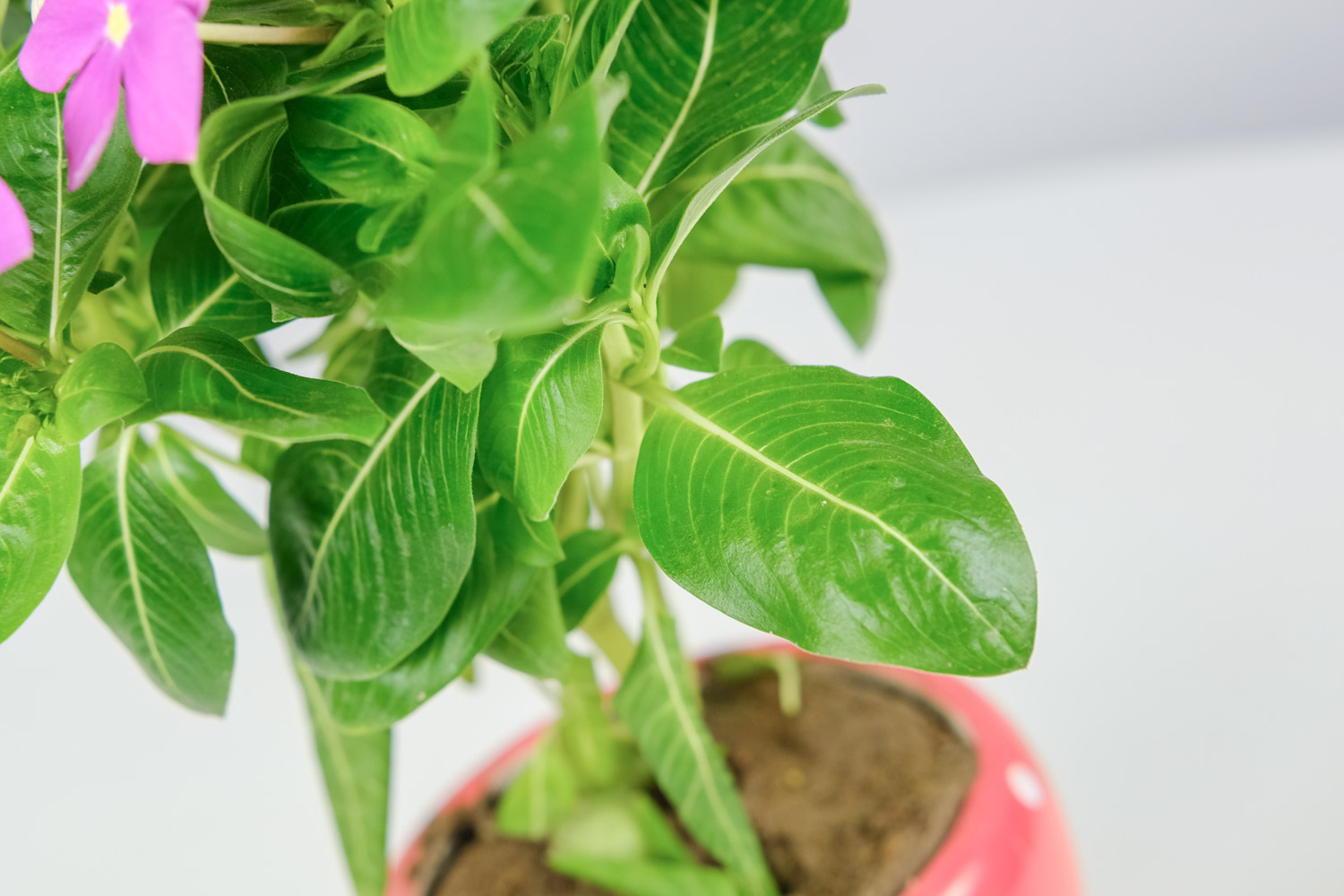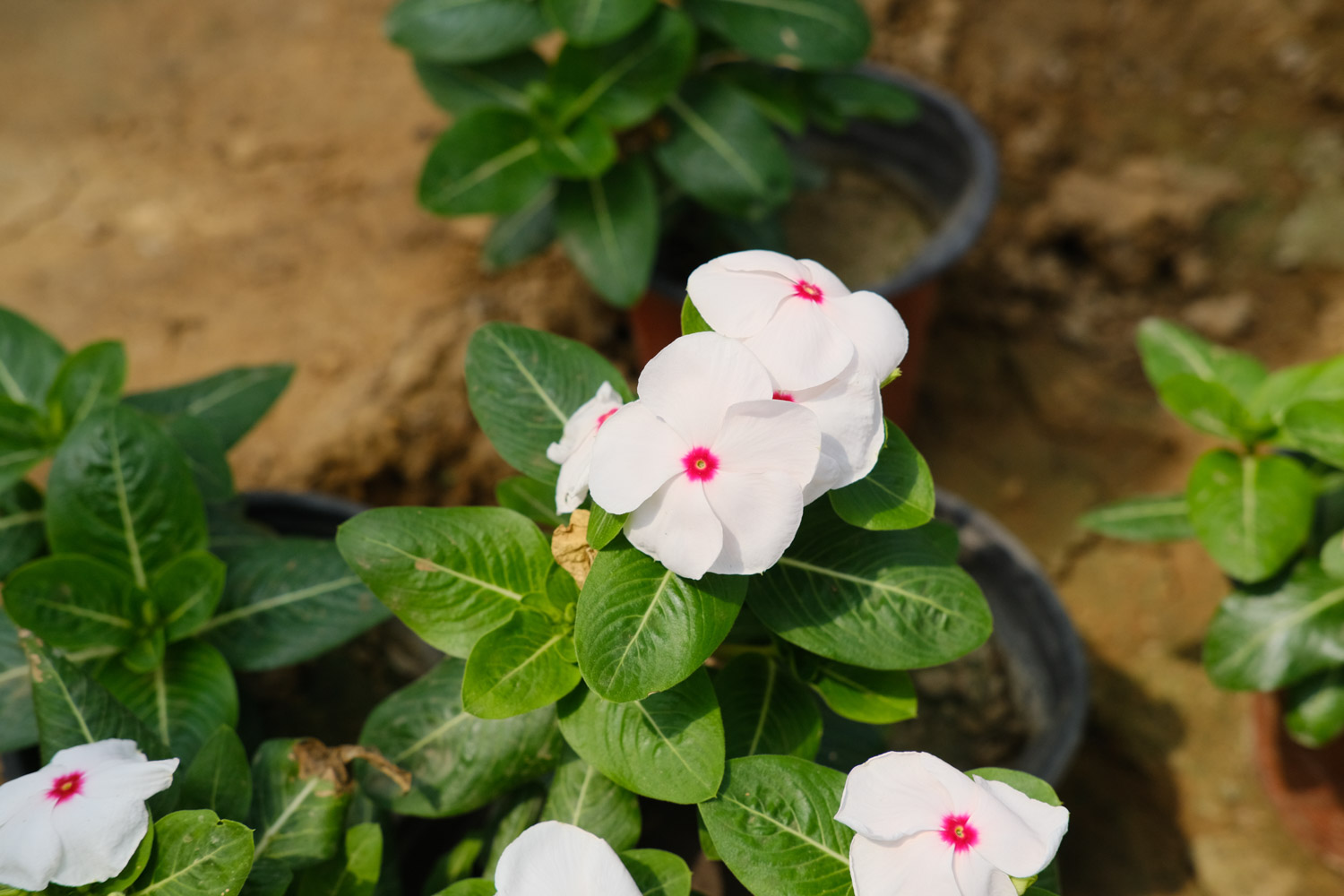1、 Breeding conditions
1. Soil: it prefers loam with good nutrition and drainage, but alkaline matrix cannot be used

2. Light: it likes sunlight very much. It needs sunlight in the maintenance process. If the irradiation is insufficient, the leaves may have no luster and the color of the flowers may not be bright. If it is placed in a dark place all the time, the leaves may turn yellow and fall off
3. Watering: it likes a dry growth environment. The soil in the basin cannot be too wet. Too much water will affect the growth of plants. If it is placed outdoors and meets continuous rainy weather, it is recommended to drain water in time
4. Fertilization: lay a layer of base fertilizer on the basin bottom before planting, which can ensure the nutrient content of the basin soil. Compound fertilizer and liquid fertilizer can be used alternately every ten days or so during the maintenance process
2、 Breeding method
1. Cutting: the branches with strong growth can be directly selected from the mother plant and cut on warm soil, with the growth environment controlled at 20 ℃ - 25 ℃
2. Sowing: it is recommended to carry out in a warm environment, with the growth temperature controlled at 15 ℃ - 18 ℃. When the small plant produces 4-5 leaves, move the pot once, and set the pot when 6-7 leaves grow

3、 Precautions
Catharanthus roseus doesn't like sticky loam and likes a dry environment. There is too much water in winter, which is easy to freeze, resulting in the death of Catharanthus roseus


 how many times do yo...
how many times do yo... how many planted tre...
how many planted tre... how many pine trees ...
how many pine trees ... how many pecan trees...
how many pecan trees... how many plants comp...
how many plants comp... how many plants can ...
how many plants can ... how many plants and ...
how many plants and ... how many pepper plan...
how many pepper plan...






























